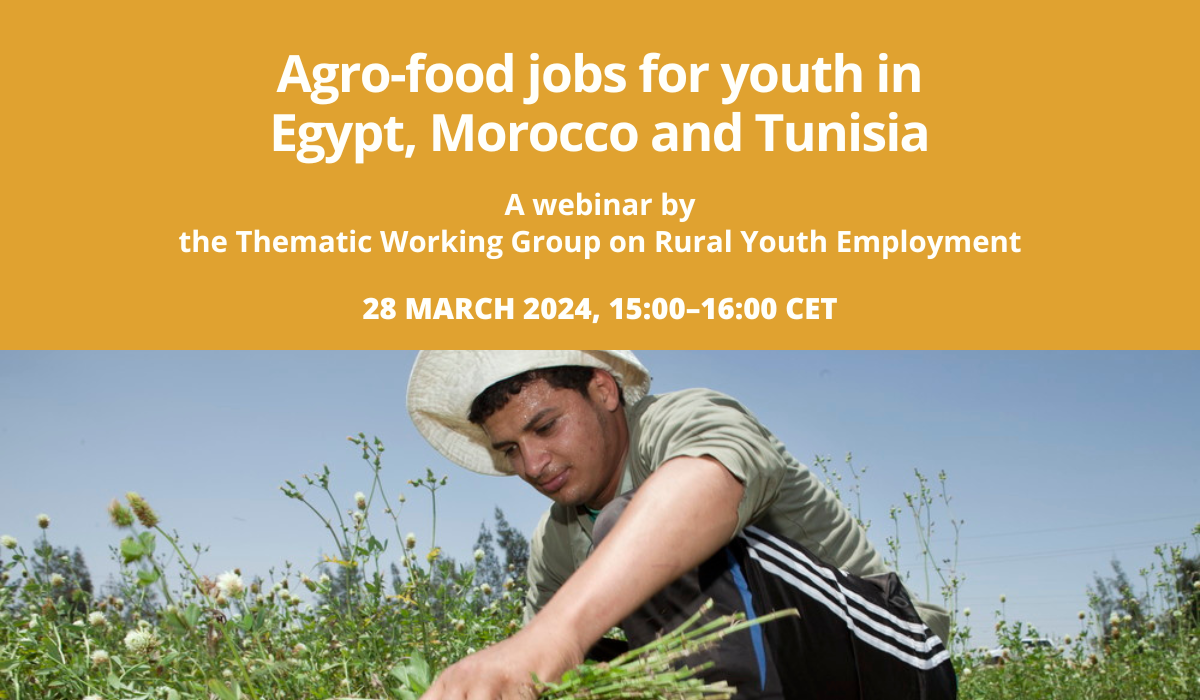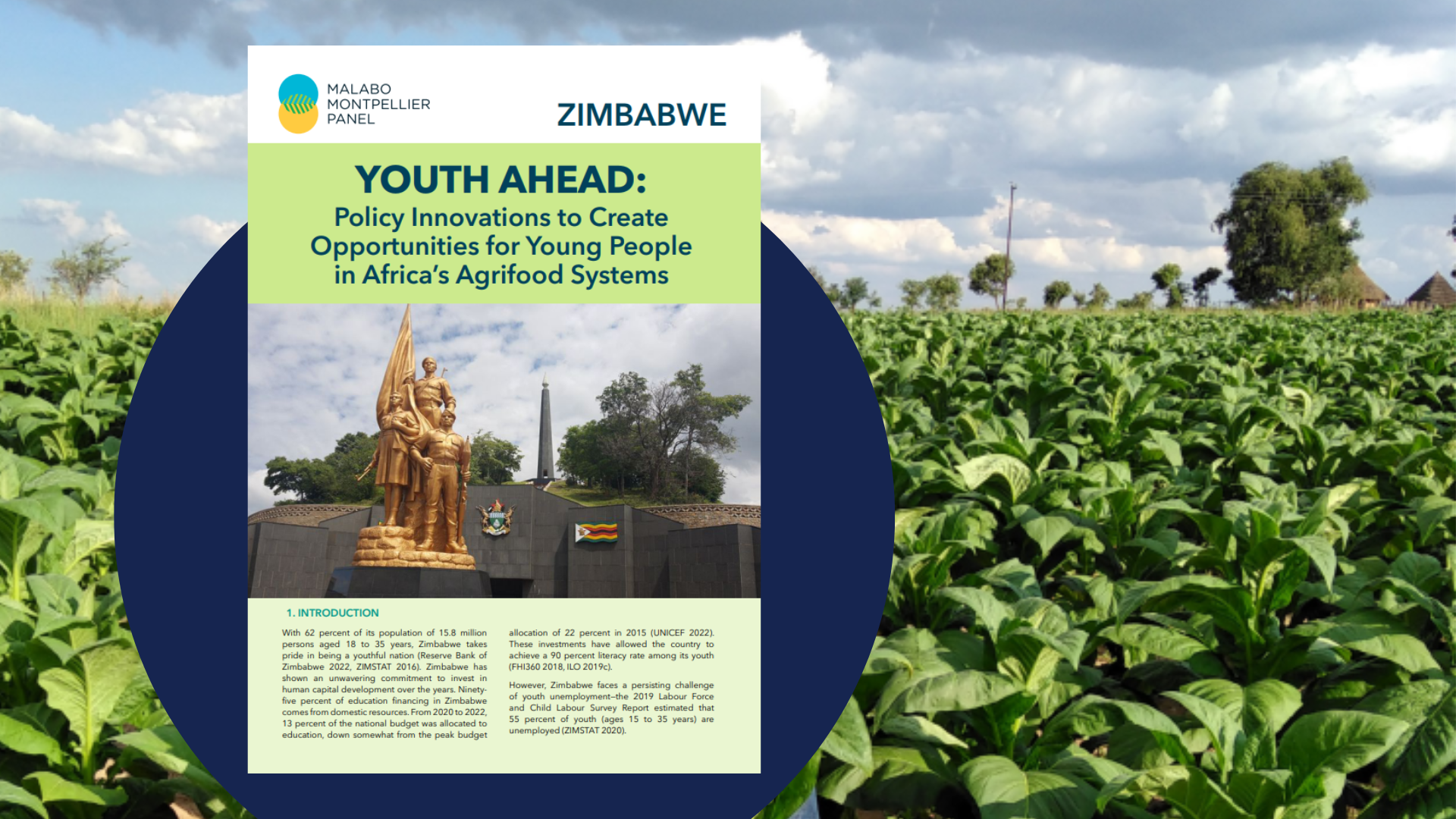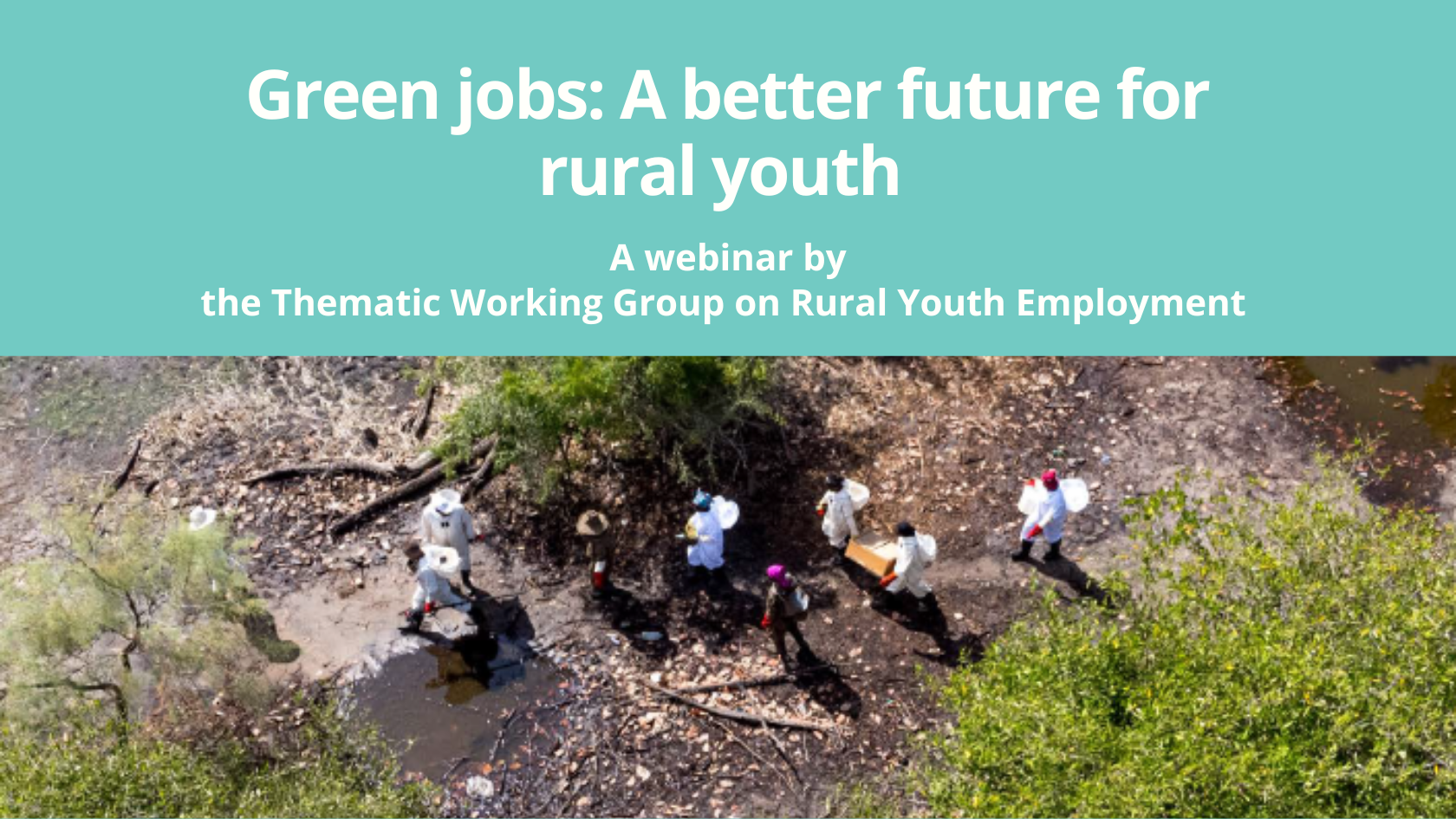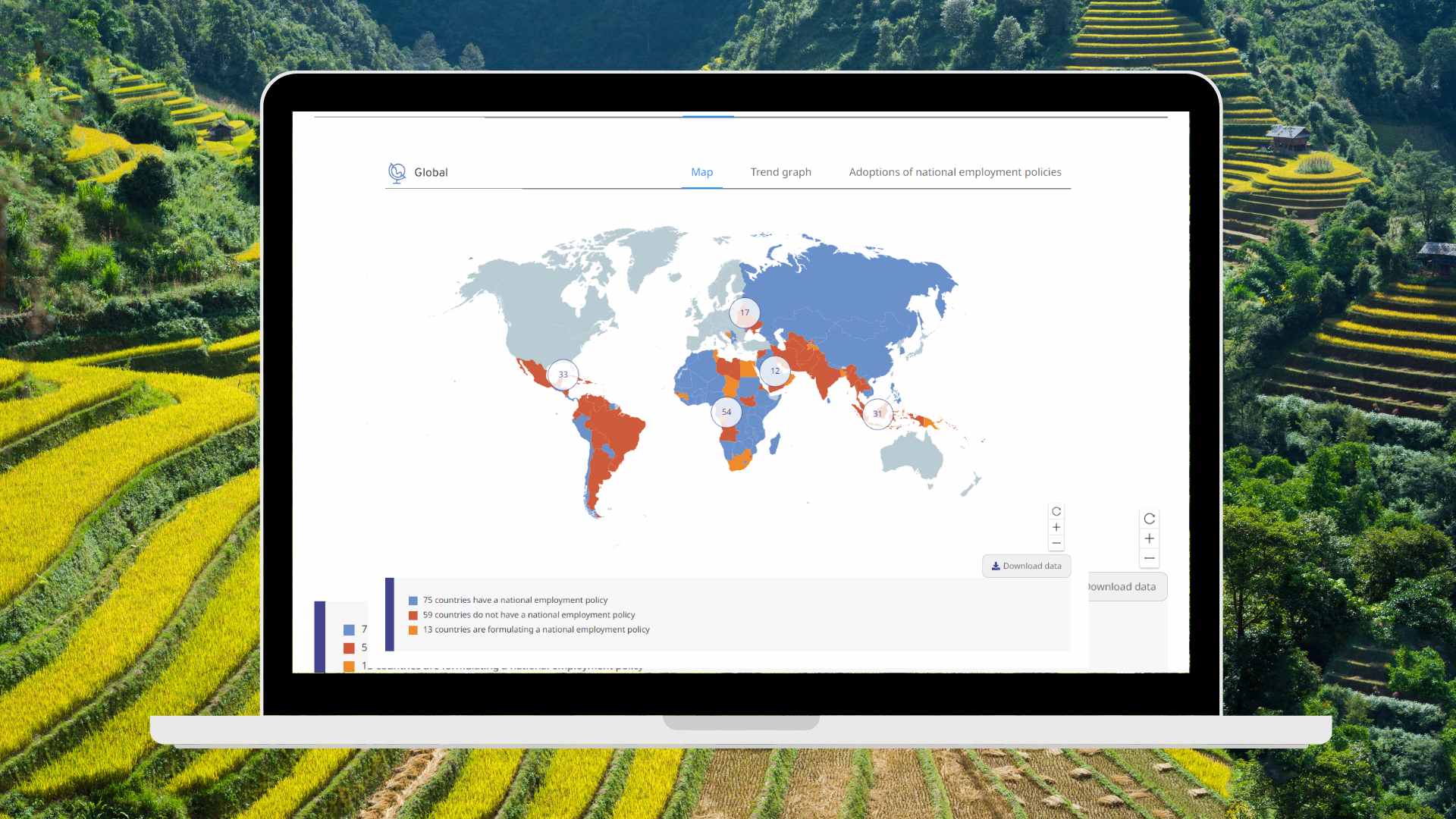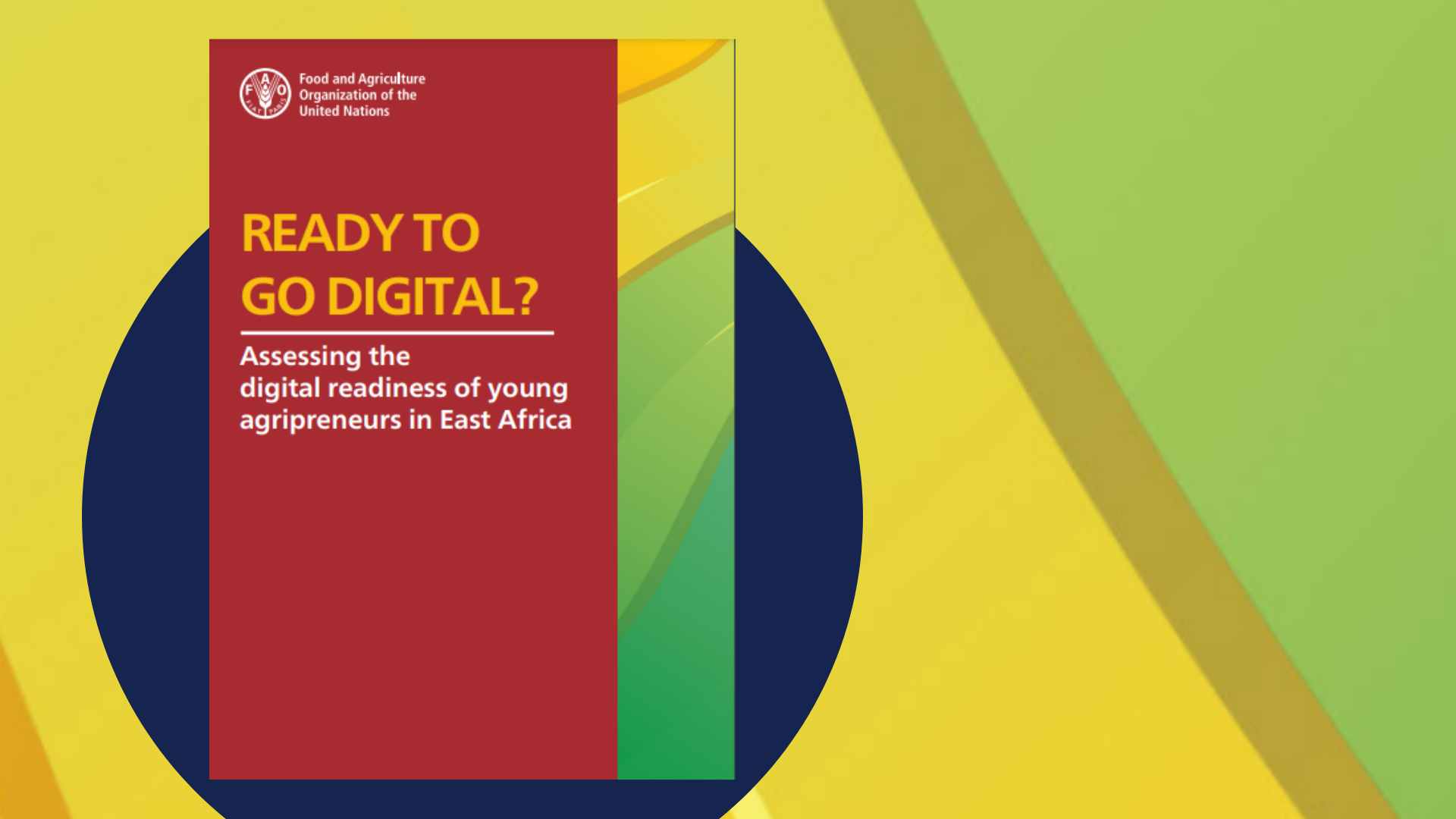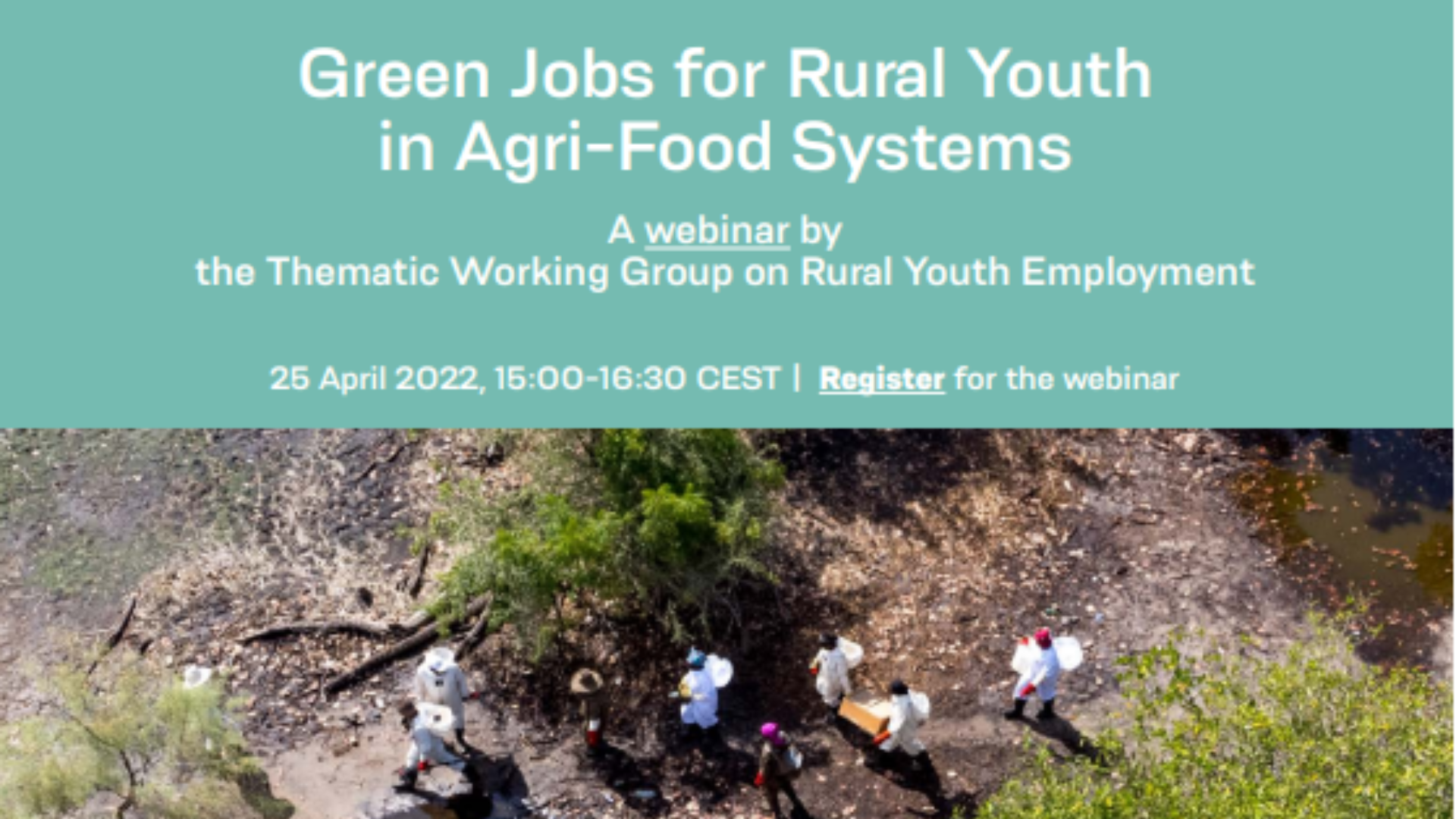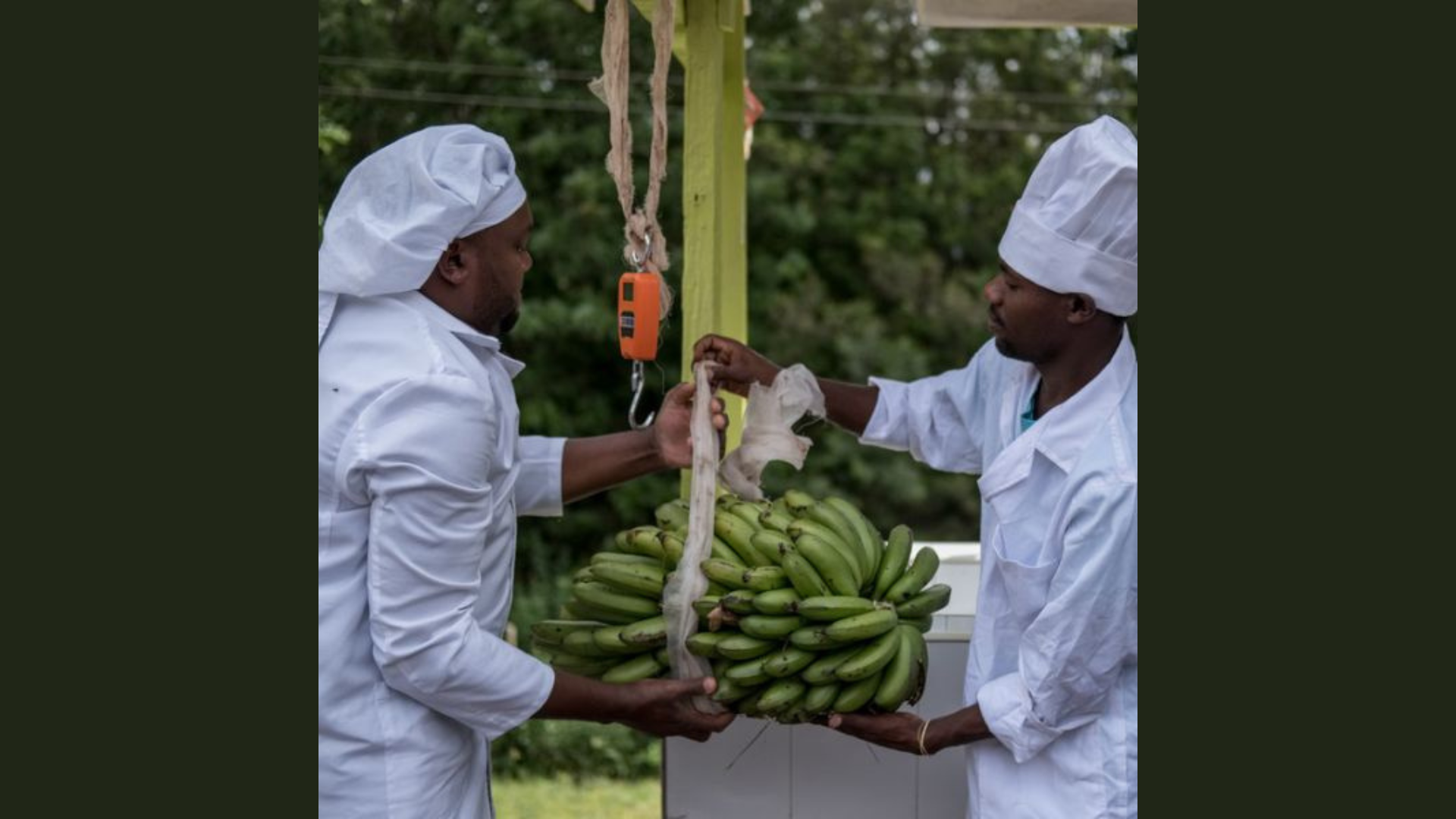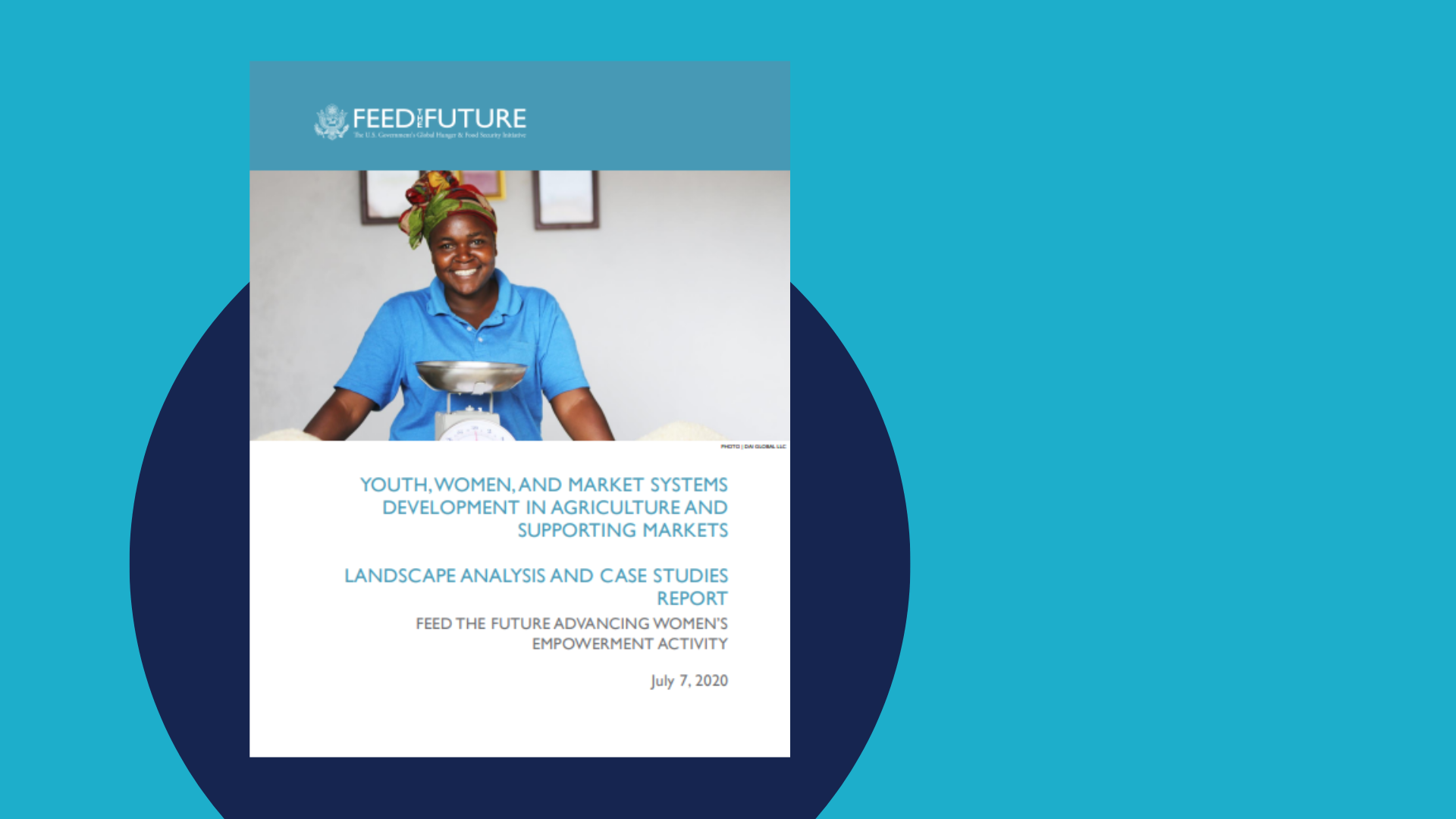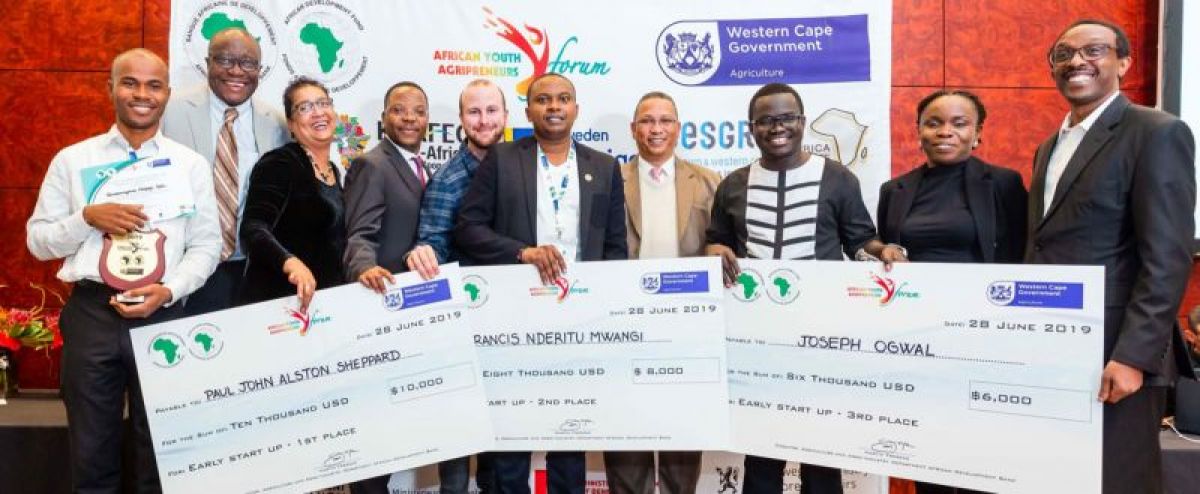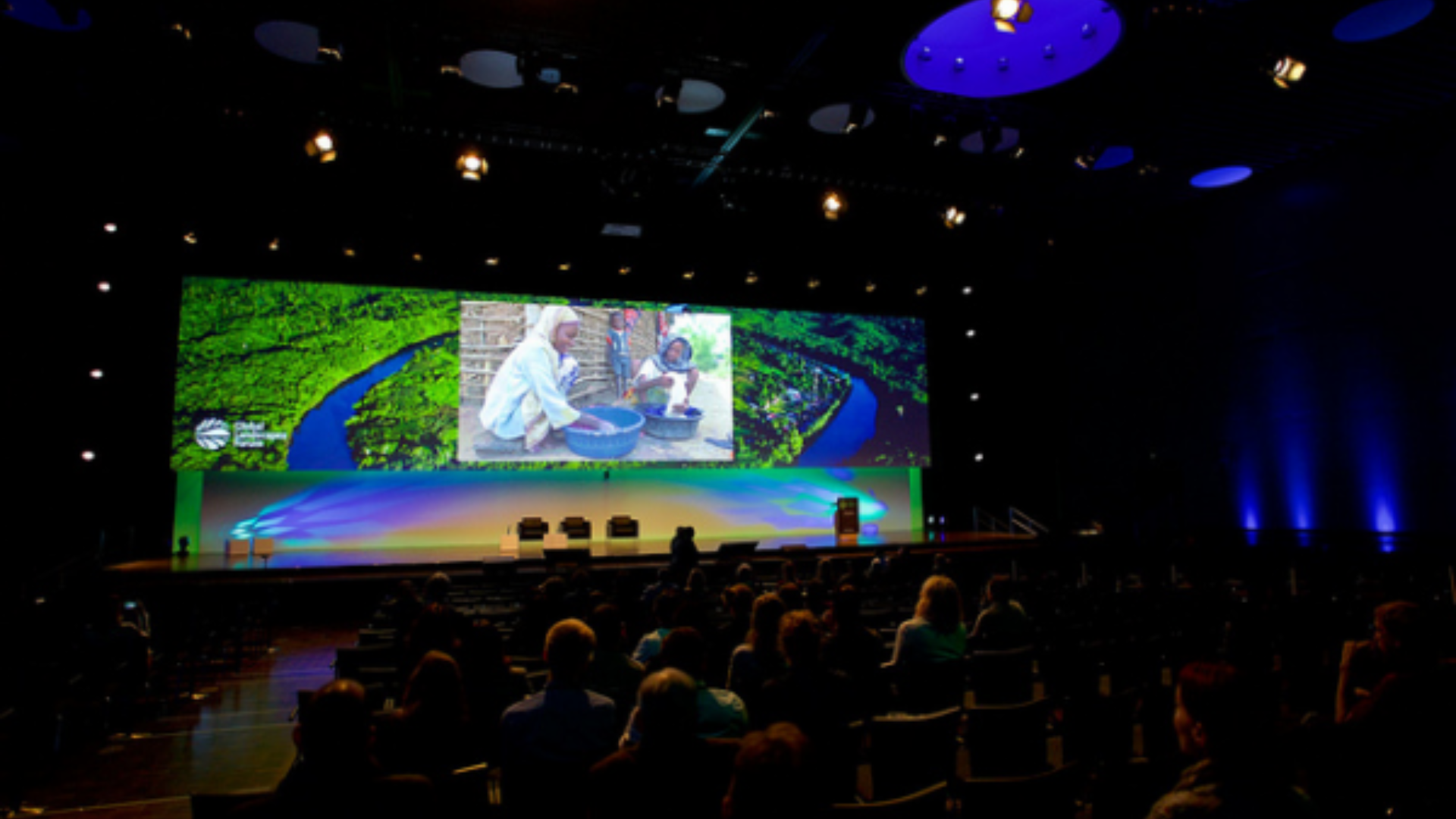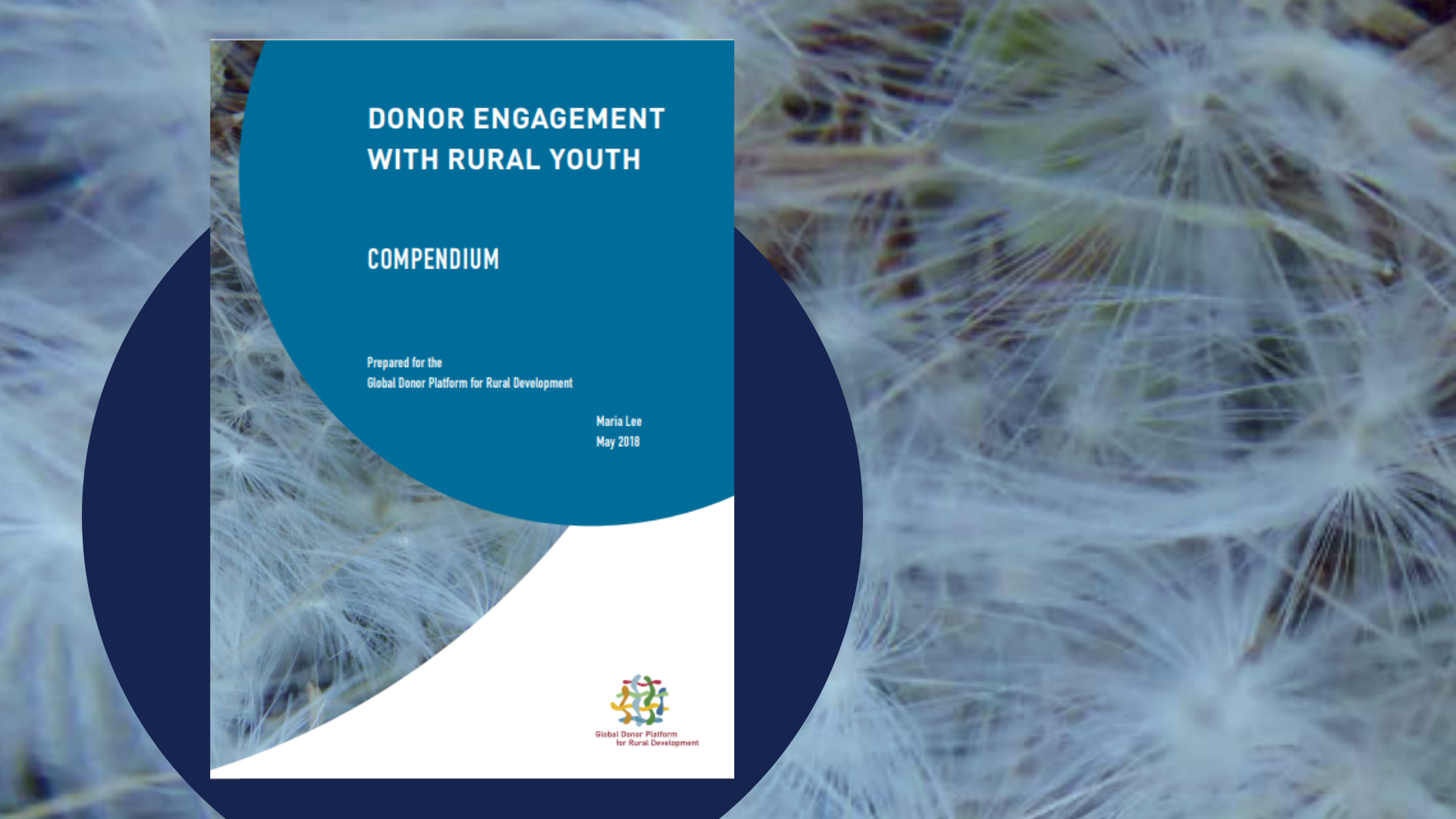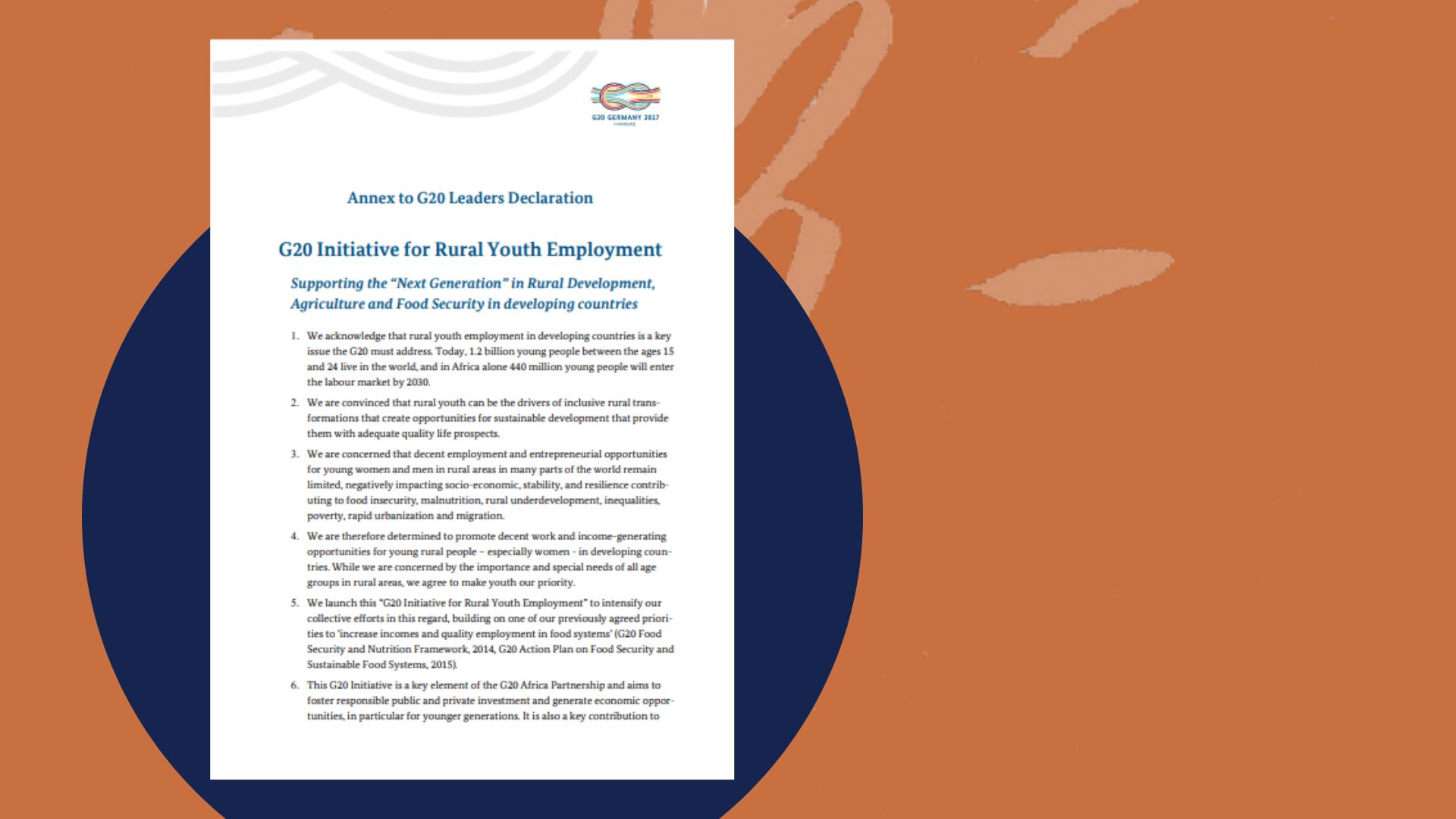This blog is a summary of takeaways and action points from the webinar “Financing Food and Rural Development”, co-hosted by the Global Donor Platform for Rural Development (GDPRD) and the Shamba Centre for Food & Climate on 26 September 2024.
The recently published report, The State of Food Security and Nutrition in the World 2024 (SOFI), revealed a significant funding gap for food systems, contributing to global stagnation in achieving Sustainable Development Goal (SDG) 2: Zero Hunger and related targets.
With the 2030 deadline for the SDGs fast approaching, and financing for food systems hovering around US$20-30 billion per year, the role of innovative funding approaches is increasingly decisive for food systems transformation.
Links
Webinar recording
However, action on innovative financing is slow. Many actors, including donors, development partners, governments, and even the private sector, are still unacquainted with this field. While progress has been made over the past decade, those who work in sectors other than agriculture still need to be fully convinced that financing food is a worthwhile investment.
This mindset shift is urgent. As summarized by David Laborde (FAO Agrifood Economics Division) in a webinar that took place on 26 September 2024 and was co-hosted by the Global Donor Platform for Rural Development (GDPRD) and the Shamba Centre for Food and Climate,
“The world has never been richer than it is today. It’s not like money is not around, we just need to redirect it. We currently invest 0.07% of the global GDP in food systems; this is not enough to deliver on the human right of good food for all today and tomorrow”.
The question remains: how can we redirect funding? This requires big ideas to shake up financing and act “quick and smart”, as panellist Agnes Johan from Rabo Partnerships suggested.
During the webinar panel discussion, participants were asked to share their “big idea” for financing food and rural development. The lively discussion generated innovative, whole-of-sector ideas with the potential to shift the needle on food systems financing.
What’s your big idea?
Parliamentarians must recognize the value of investing in food systems
From her experience as a Member of Parliament in Tanzania, Hon. Neema K. Lugangira emphasized the driving role parliamentarians can play in reorienting funding for food systems transformation, calling on the global community to “task us with that role”. Primarily, parliamentarians must recognize the value of investing in food systems as a catalyst for other development goals and must collaborate across sectors to achieve this.
We need a diverse, equitable global fiscal system linked to improving livelihoods
Professor Attiya Waris (University of Nairobi; UN Expert on Foreign Debt) drew attention to the silos in the global financial system, where communication – especially between debtors – is limited. Today, “priorities are set by those that have the money, not those that need the money”. A more equitable system, drawing on diverse sources of financing, must reverse this to bring about true improvements in living standards.
Digitalized local financial solutions are crucial to reaching the lowest-productivity parts of the agricultural value chain
Feeding the world sustainably, without expanding large swaths of land for agriculture, requires revolutionizing productivity for small-scale farmers. These farmers are considered a high-risk investment and often struggle to access financing, but there is potential for high impact. Agnes Johan (Rabo Partnerships) sees last-mile digital solutions for local banks as part of the solution for connecting to these hard-to-reach farmers. By offering risk sharing through official development assistance (ODA) funding, local banks will be enabled to mobilize capital for this segment of the agri value chain. Of course, public-private partnerships will require properly regulated cross-sector collaboration.
Question structural issues
Addressing imbalances in the financing architecture requires understanding the fundamental structural changes needed to encourage domestic investors to invest in food security, as Oshani Perera (Shamba Centre for Food & Climate) pointed out. This includes leveling the mismatch between international financial standards for loan buffers compared with those mandated by central banks in developing countries. All actors need to have “skin in the game” to confront such structural challenges.
What’s next?
Big challenges require bold solutions. With less than six years of SDG implementation remaining, there is an urgency to find big solutions – but there is also optimism. The webinar discussion drew connections between panellists across sectors and identified promising avenues for progress.
Key takeaways for action include:
- Collaboration is key. No single actor, sector, or country can implement bold solutions alone. Successful implementation demands cooperation between governments, development organizations and private sector, and requires participation of all sectors, including those not typically involved in agriculture.
- Financing is key to unlocking progress. While there is a strong track record that good policy leads to progress, David Laborde reminded listeners that “the right policies are costly – that’s where financing comes in”. No matter the pathway, high quality and high quantity financing is essential.
- Promise lies in finding synergies with other goals. Investing in food security and nutrition is a win-win approach, helping create more productive societies and reduce the costly burden of food-related illness on governments. As Professor Attiya Waris shared, this approach goes beyond SDGs and targets, focusing on “putting the human being at the centre”.
Big ideas start with big questions: do we have the courage?
With the path forward laid out, it is important to note that sometimes conventional thinking hinders progress. Only by having the courage to ask the hard questions and listen to the hard truths, can we start driving solutions. Bruce Campbell (Swiss Agency for Development and Cooperation) challenged participants to ask themselves one such courageous question: “Do we really have the means – financial, human and time – to bring about the change we hope for?”
The webinar “Financing Food and Rural Development” was co-hosted by the Global Donor Platform for Rural Development (GDPRD) and the Shamba Centre for Food & Climate on 26 September 2024. These discussions will continue at the upcoming Annual General Assembly (AGA). This year’s theme is “Financing Food Systems Transformation and Rural Revitalization: Opportunities and Challenges”. The two-day event will take place on 26-27 November 2024 in Rome, Italy and on Zoom. Register to participate.










